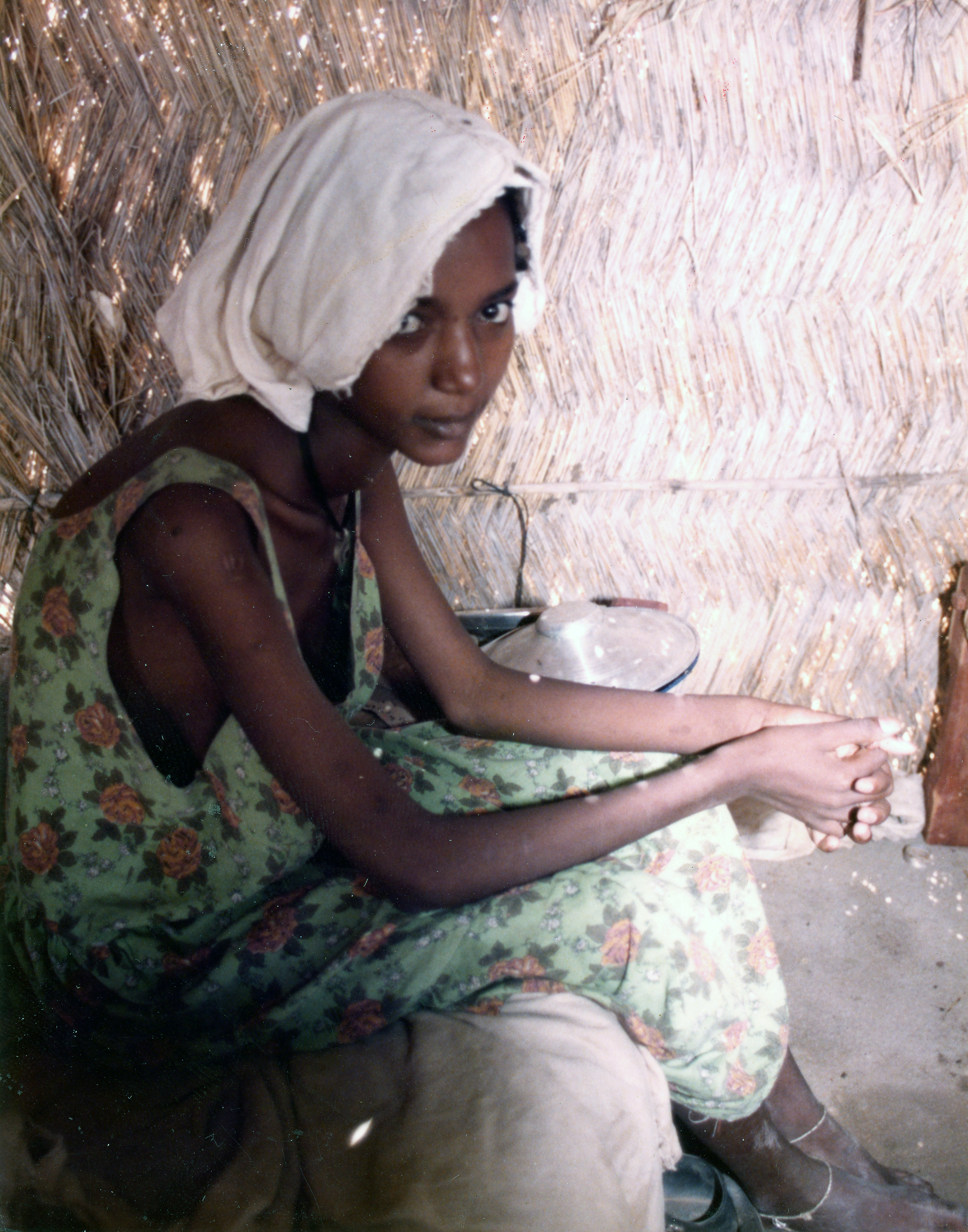Opening April 8
On November 19, 1984, Tudor Parfitt, an FIU professor, arrived in Sudan. He had been sent by the London-based Minority Rights Group to investigate reports that the Ethiopian Jews or Beta Israel as they called themselves, were being poisoned by Christian Ethiopians in the refugee camps. The camps had sprung up along the Sudanese-Ethiopian border to provide shelter for starving people fleeing the civil war and the Great Famine of 1983-5, which was a landmark in global humanitarianism. The Ethiopian Jews were known in Ethiopia as Falasha, a pejorative term meaning alien or exile.
During his visit, Parfitt was walking around a camp and saw dozens of Beta Israel being loaded onto buses. He had stumbled over what came to be known as the first phase of Operation Moses. Around 10,000 Jews from Sudan, a state which was technically at war with Israel, seen as the Zionist Enemy, were moved to Israel. Operation Moses was a joint operation involving the Israeli government, the Sudanese Secret Service, the White House, the State Department, Mossad, CIA, and the Geneva-based International Organization for Migration. It can be said that the rescue of the Beta Israel, the so-called Black Jews of Ethiopia, was the first time that Black people had been removed from Africa, not as slaves, in chains, but as brothers. Indeed, an aspect of the operation was code-named Operation Brothers. Historic photographs from the 1980’s complement the photographs from Peter Decherney who has movingly recorded the community that stayed behind in Ethiopia.

